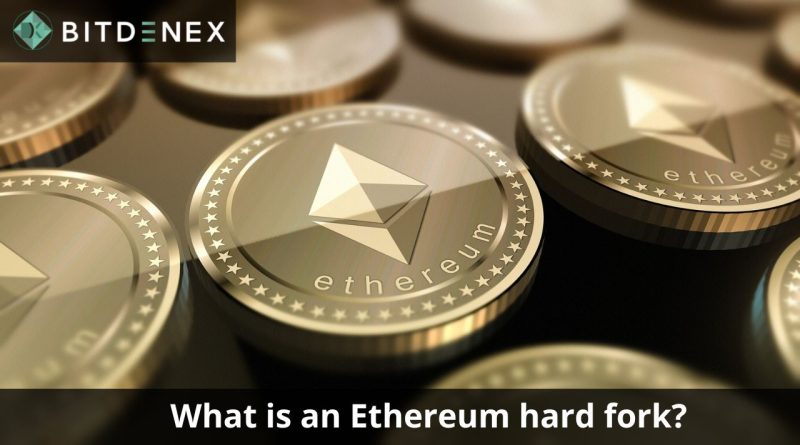What is an Ethereum hard fork?
What Is a Hard Fork?
Ethereum is the second-largest cryptocurrency in the world. Bitcoin, the largest cryptocurrency in the world, is its main competitor. Ethereum is a cryptocurrencies with an unlimited supply. Due to this reason, it is called inflationary cryptocurrency. It is symbolled as ‘ETH’.
A hard fork occurs when the majority of stakeholders in any cryptocurrency blockchain community decide to permanently alter the governing rules and technology. These stakeholders include minors, currency developers, and investors. These stakeholders include minors, currency developers, and investors.
Crypto community members or developers can initiate forks if they are dissatisfied with the functionality of existing blockchain implementations. Also, they can be used as a way to crowdsource funds for cryptocurrency offerings or new technology projects.
key takeaways
- Hard forks refer to a radical change to the protocol of a Blockchain network, resulting in the creation of two departments, one that tracks the old protocol and one that tracks the new.
- In a hard fork, holders of tokens in the original Blockchain will also receive tokens in the new fork, but miners will have to choose which blockchain to verify.
- A hard fork can occur in any Blockchain, and not only Bitcoin (BTC)(where hard forks have created Bitcoin Cash and Bitcoin SV, among several others, for example).
Understanding a Hard Fork
It is a hard fork when nodes on a new version of a Blockchain do not accept previous versions, causing a permanent deviation from the previous version.
When a new rule is added to the code, it essentially leads to a fork in the Blockchain: one path follows the new, updated Blockchain, while the other path follows the old path. Generally, after a short time, those on the old chain discover that their version of the blockchain is outdated or irrelevant and quickly upgrade to the most recent version.
How Forks Work
A fork in a blockchain can occur on any crypto-platform – not just Bitcoin. Blockchains and cryptocurrency work in a similar manner regardless of which crypto platform they are on. It is possible to view blockchain blocks as cryptographic keys that move memory. These miners understand the new rules because they set the rules that move memory within a Blockchain.
Reasons For a Hard Fork
Developers may implement a hard fork for a number of reasons, including updating security vulnerabilities found in older versions of the software, adding new features, or reversing transactions, such as when the Ethereum blockchain reversed a hack on the Decentralized Autonomous Organization (DAO).
After an anonymous hacker stole tens of millions of dollars worth of digital currency from Ethereum, the community almost unanimously voted to reverse the transactions. A hard fork also allowed DAO token holders to recover their ether (ETH) funds.
The proposal for a hard fork did not exactly unravel the network’s history of transactions. Rather, it relocated the funds to a new smart contract, which was designed solely to let the original owners withdraw their funds.
Hard Forks vs. Soft Forks
The difference between hard forks and soft forks is that when a cryptocurrency platform’s existing code is changed, an old version remains on the network while a new version is created.
A soft fork will end up with only one blockchain valid as users adopt the update. Whereas with a hard fork, both the old and new Blockchains exist side by side, which means that the software must be edited to work by the new rules. Both forks create a split, but a hard fork makes two Blockchains and a soft fork is meant to result in one.
Considering the security differences between hard and soft forks, almost all users and developers ask for a hard fork, even though it seems like a soft fork could get the job done. Verifying the blocks on a blockchain requires tremendous computing power, but the privacy gained with a hard fork makes more sense than using a soft fork.

